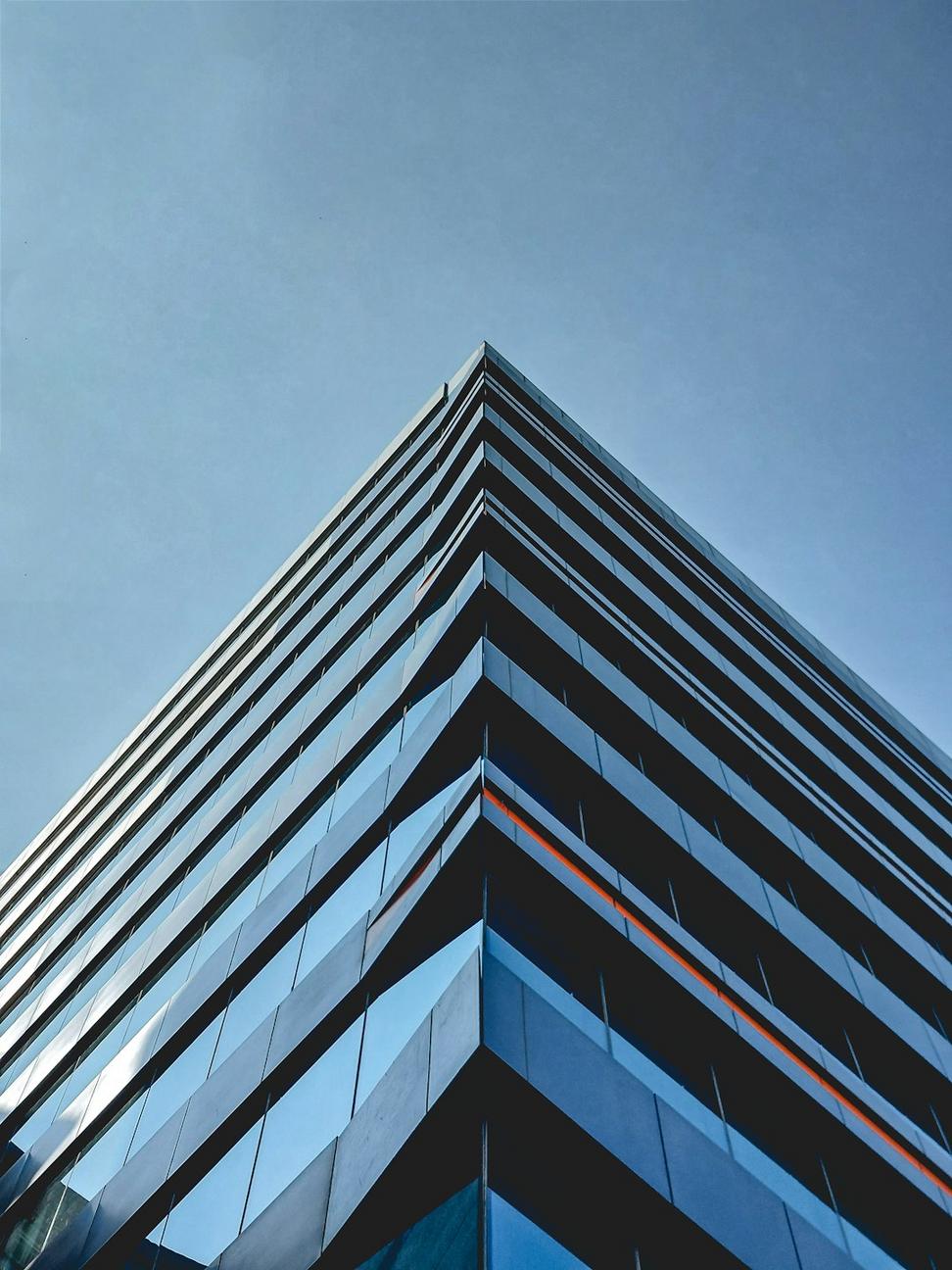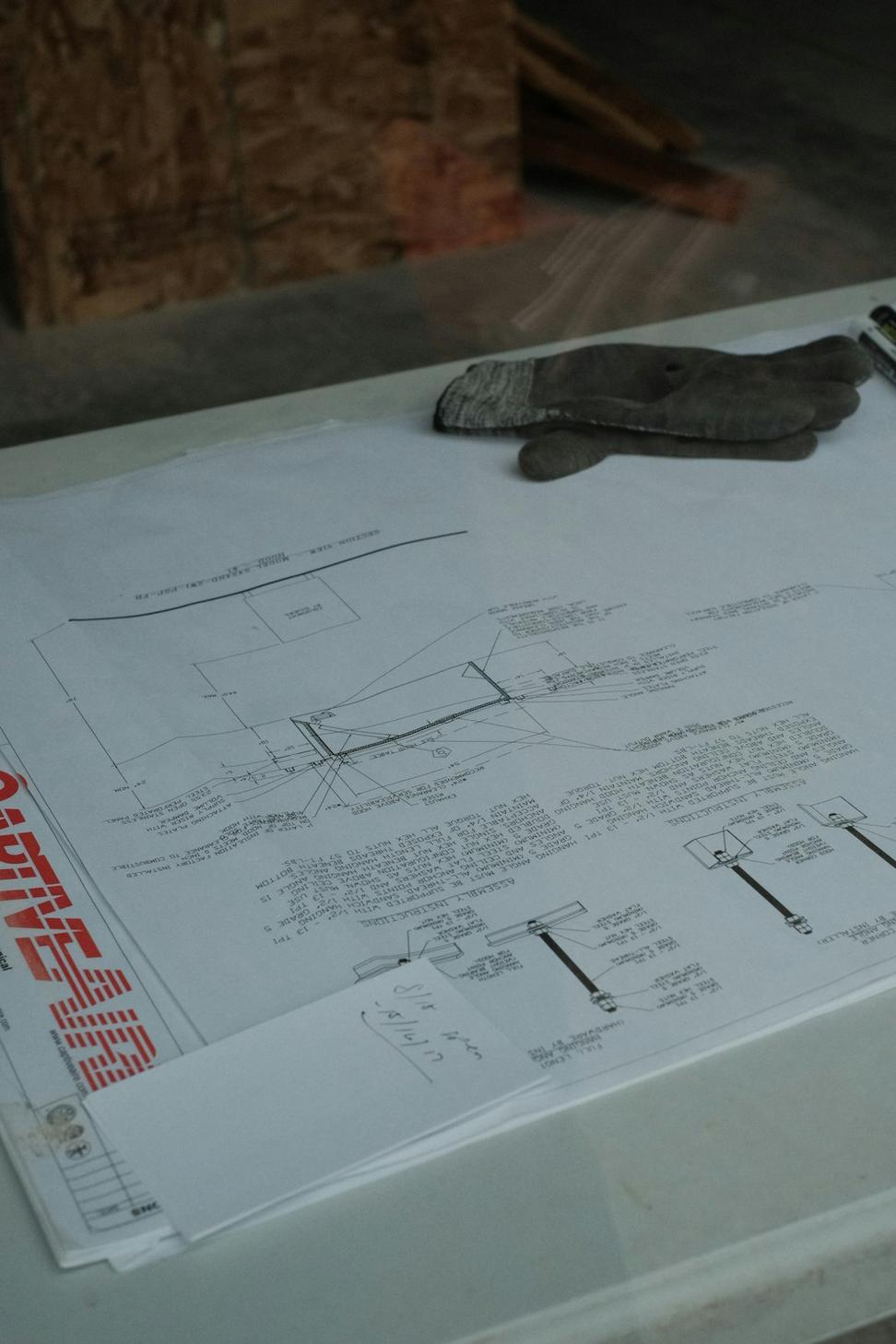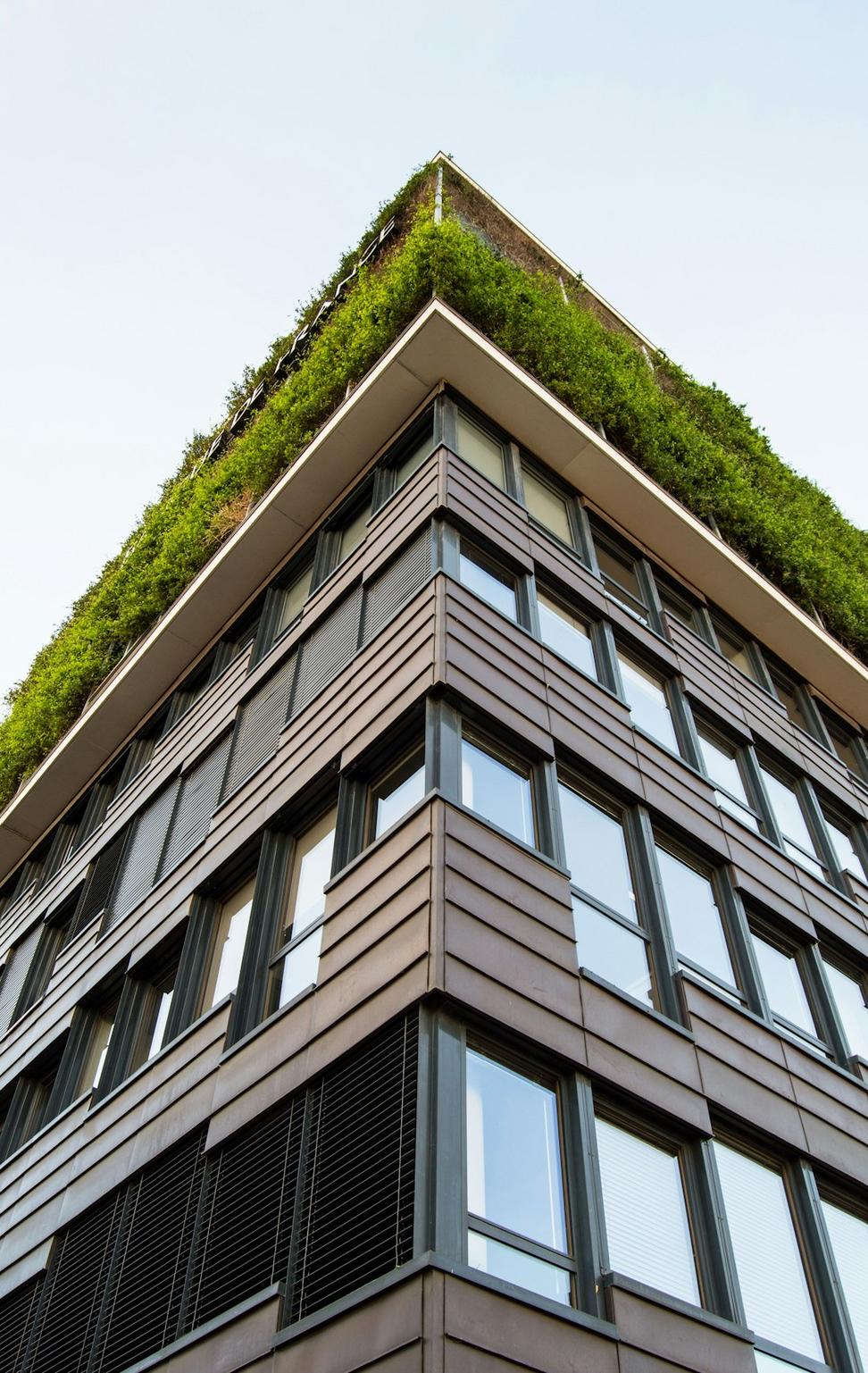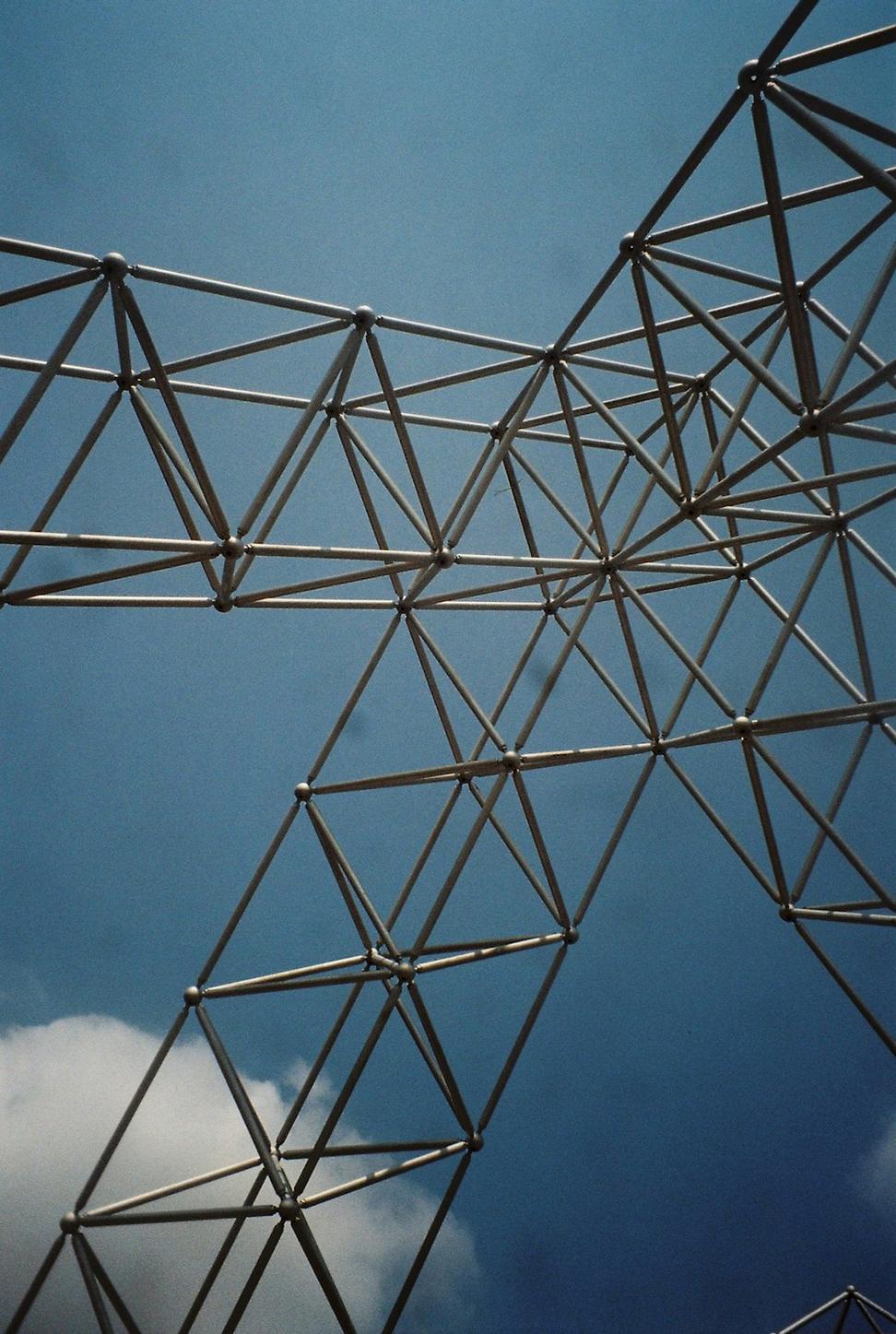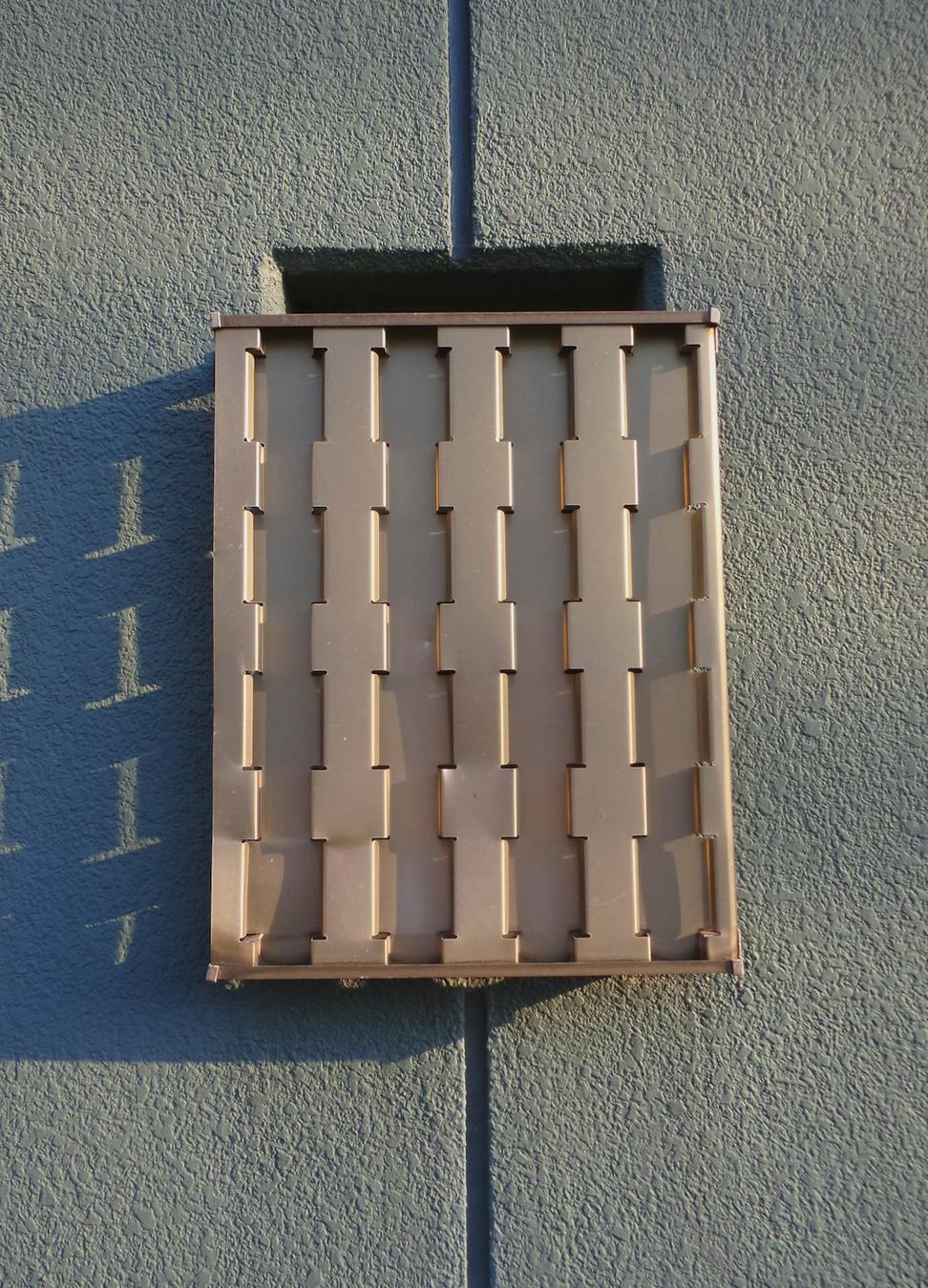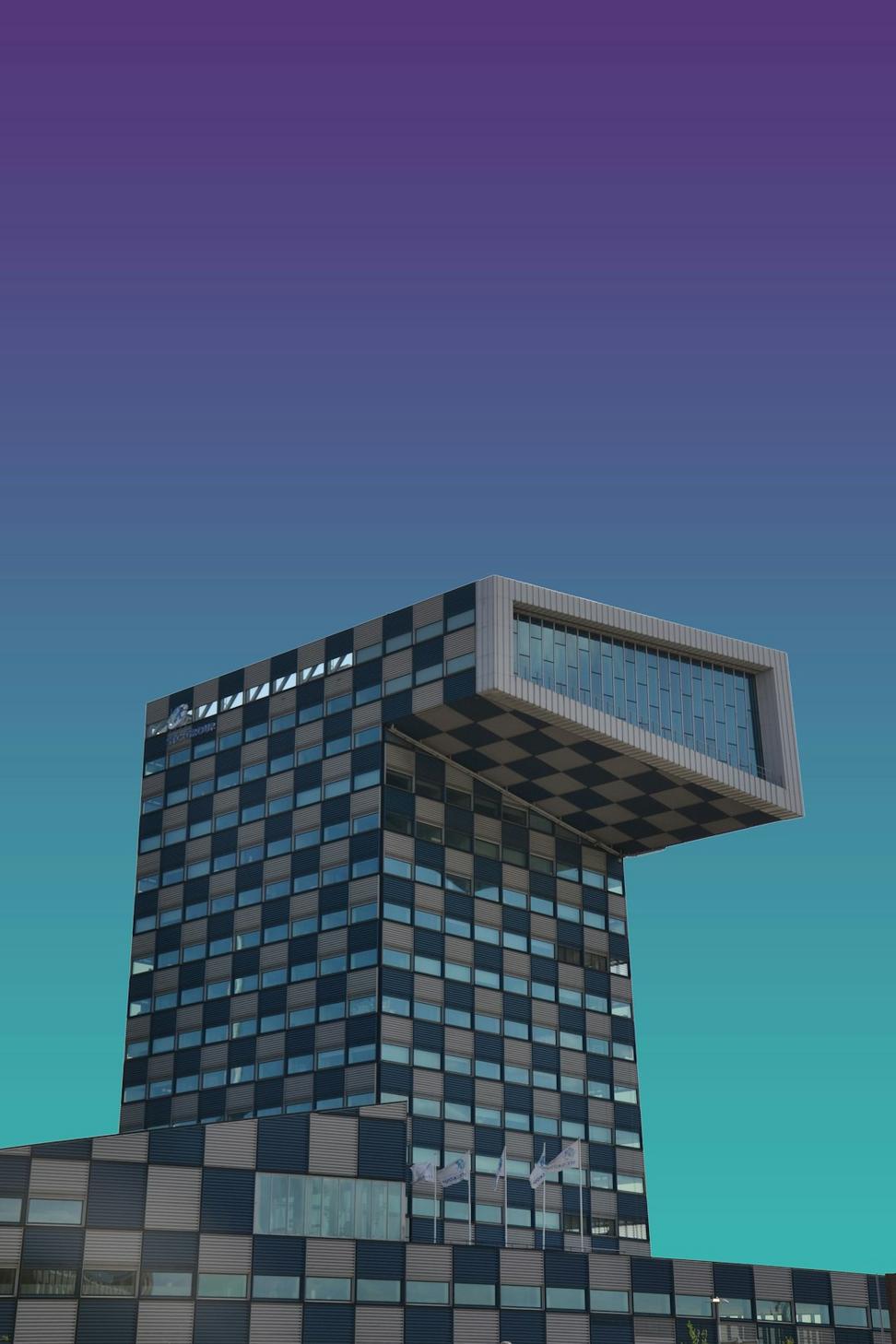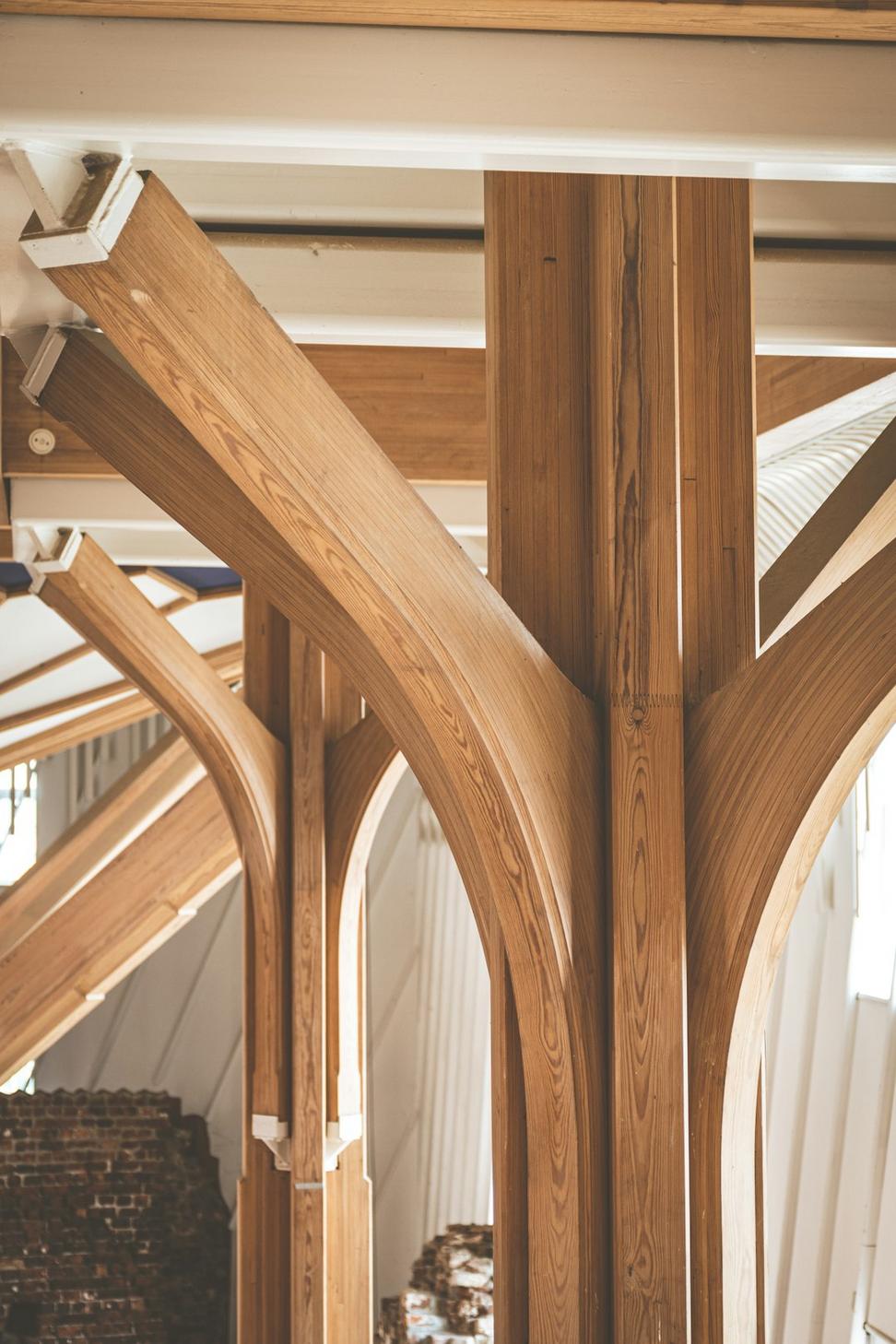Building with the Planet, Not Against It
Look, we're not gonna pretend sustainability's just a checkbox for us. It's literally how we think about every single project that comes through our door. After fifteen years of watching the industry talk more than walk, we decided to actually measure what matters.

